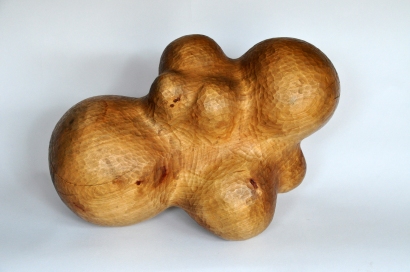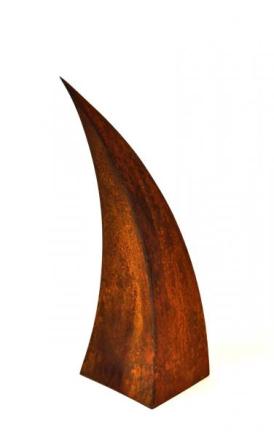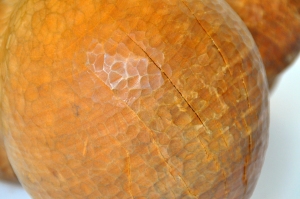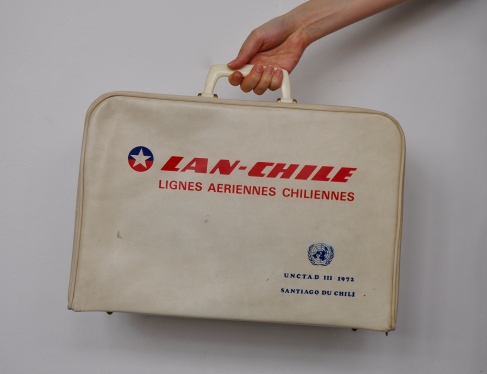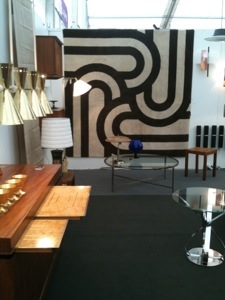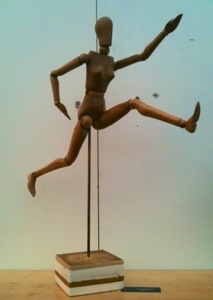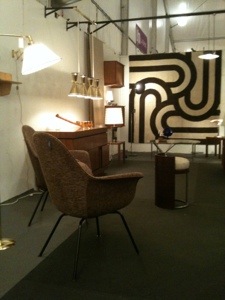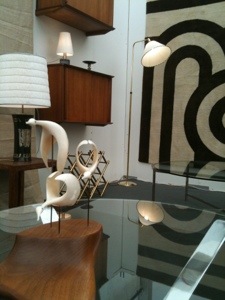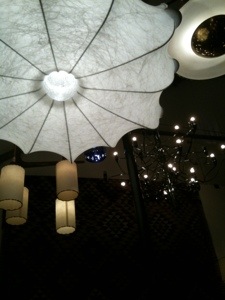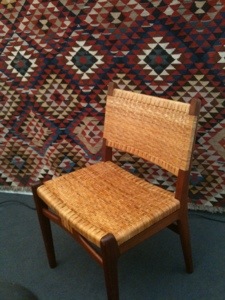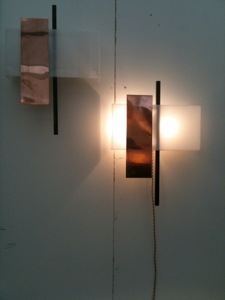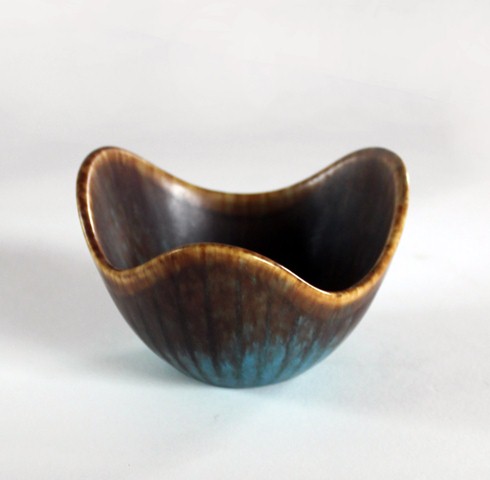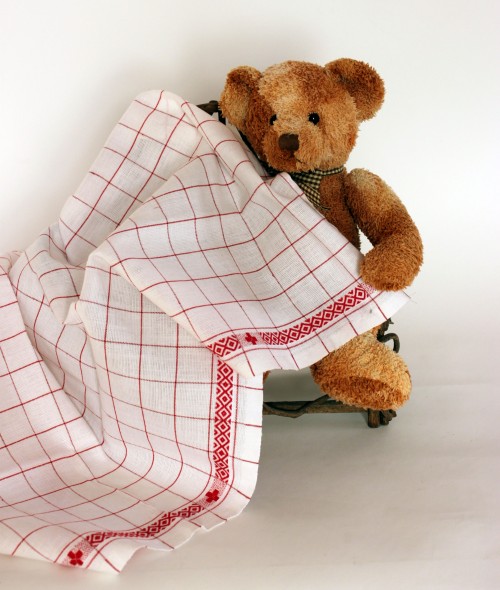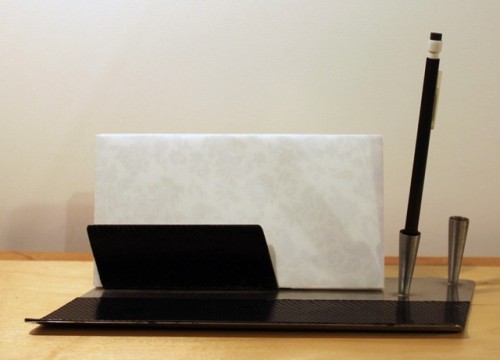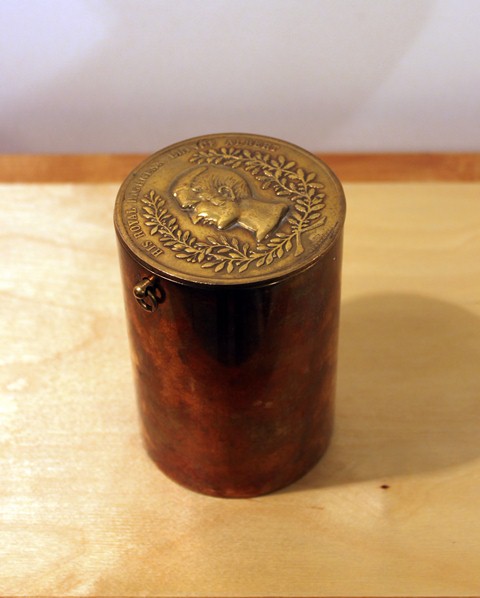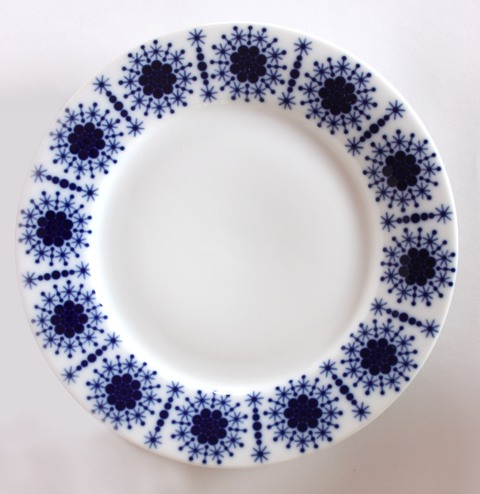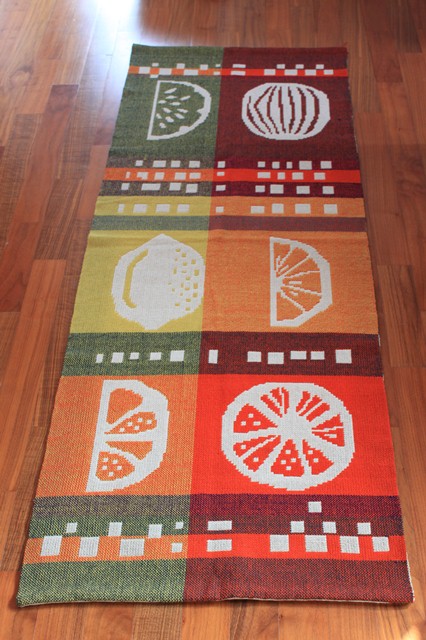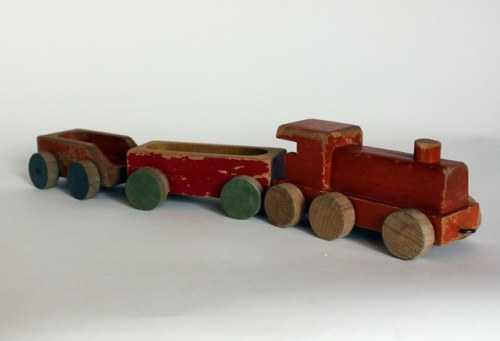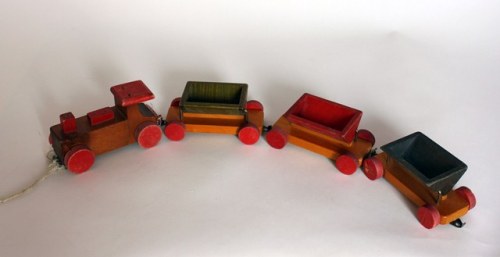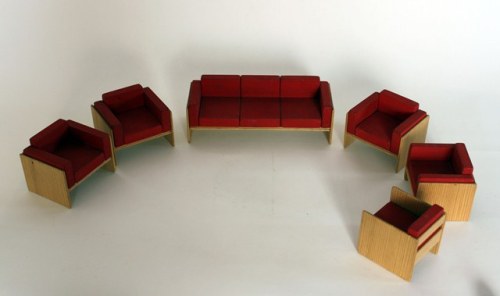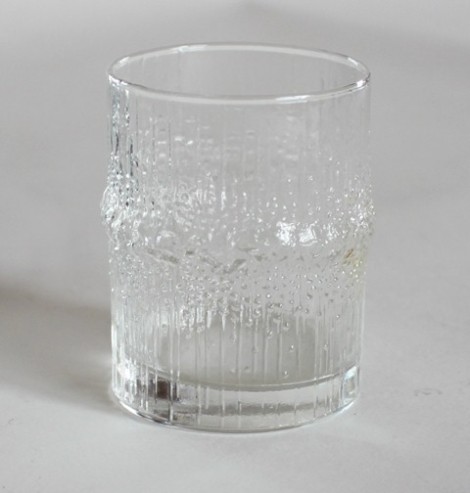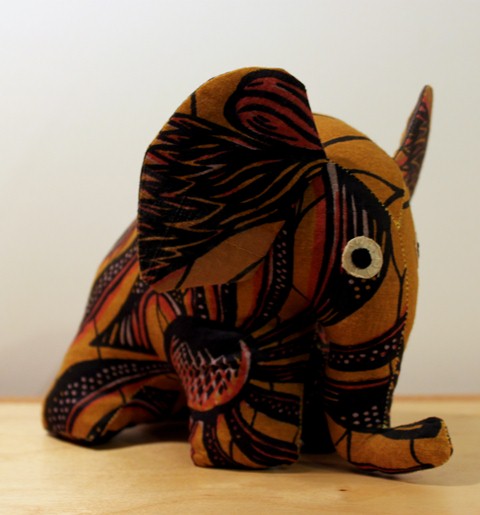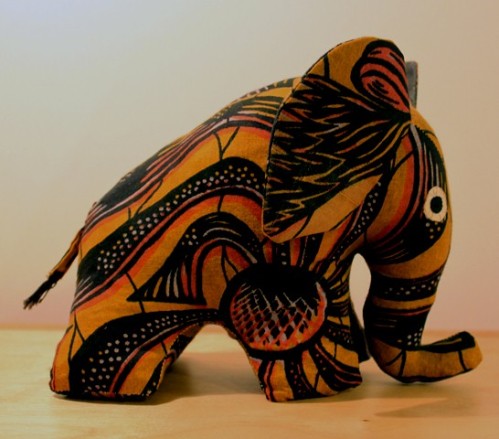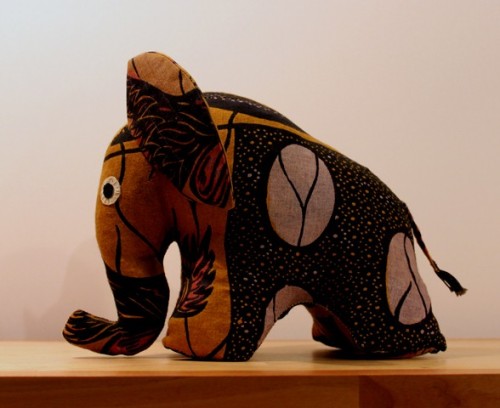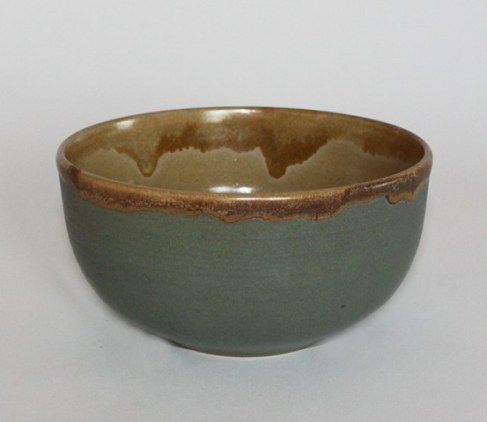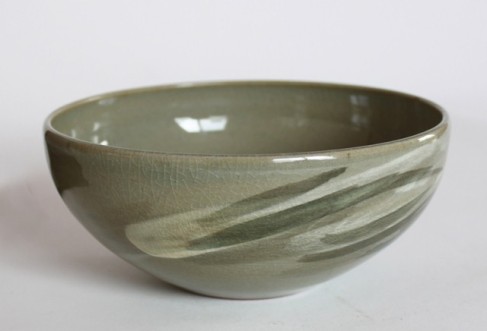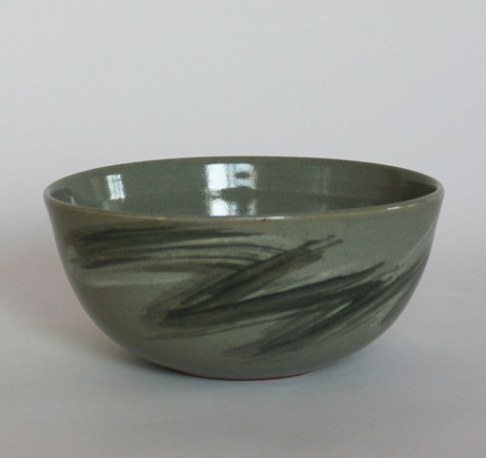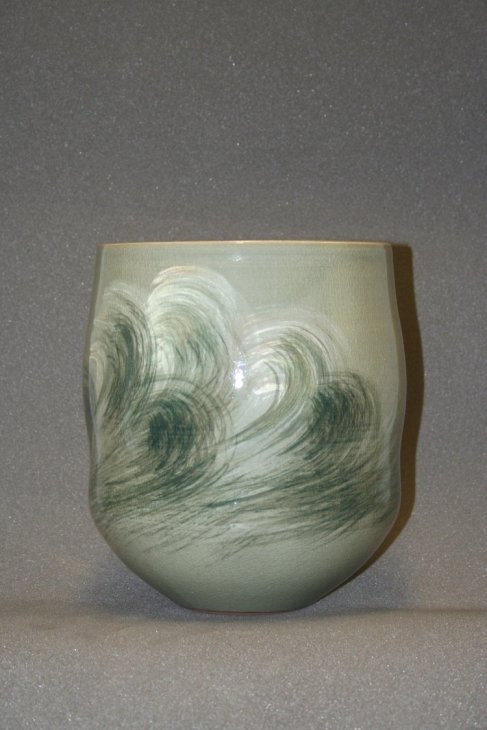If there is anything other than cell phone, video games (and players) and LPGA players that Korea should be proud of, it should be pottery. Often under-appreciated in the shadow of Chinese, the tradition of Korean pottery boasts both its long history and quality. Koreans started making stoneware around BC 1st century and developed it into celadon in 10-14th century and white porcelain after 15th century, both of which were highly sought after by then the Asian ruler China.
However, this tradition and the quality of works is largely lost due to the political turbulence during the 19-20th century, first Japanese occupation and then the Korean War. Artists in the modern Korea had to face the burden of reviving the tradition and creating something new, something modern. This struggle, I believe, is still going on.
Luckily I have found one exceptional lady who is making her stand in this struggle. Hwang Jong Nae (1927- ), one of the first modern Korean ceramic artists, was born to an artistic family; her father, Hwang Jong Koo, also a well-known potter, devoted his career to reviving the tradition of Korean celadon. She studied painting at a college and pottery at a graduate school. In the 50’s Korea, it is rare for a young lady to go to college not alone graduate school. It already tells how much she was devoted to this path and also her environment supported her passion. After the war, she started teaching and grew the next generation.
Her early works show a great sense of color; probably reflects her educational background in painting. She soon turned her interest to Punchong, transitional style between celadon and porcelain mainly created in 14-15th century. Her works not only rediscover the old style and method but also recreates it in a modern term.
During the conversation she said that Punchong was the most Korean pottery among many styles due to its history and nature. Punchong was known to be created often by ordinary craftsmen, as opposed to highly skilled ones for the noble clients during the 10-13th century, and features the unrestrained manner in its form and decoration. One of her Punchong works is housed in the British Museum as a fine example of modern Korean pottery.
Many of contemporary Korean potters make interesting or rather trendy shape, which at times reflect the stereotype notion of “Asian,” mainly evolving around the minimal and nature-inspired zen style. However, I still believe what makes art great is not the trendy surface but the thoughts and the craftsmanship that could materialize the thoughts. Is it too old school of me?
